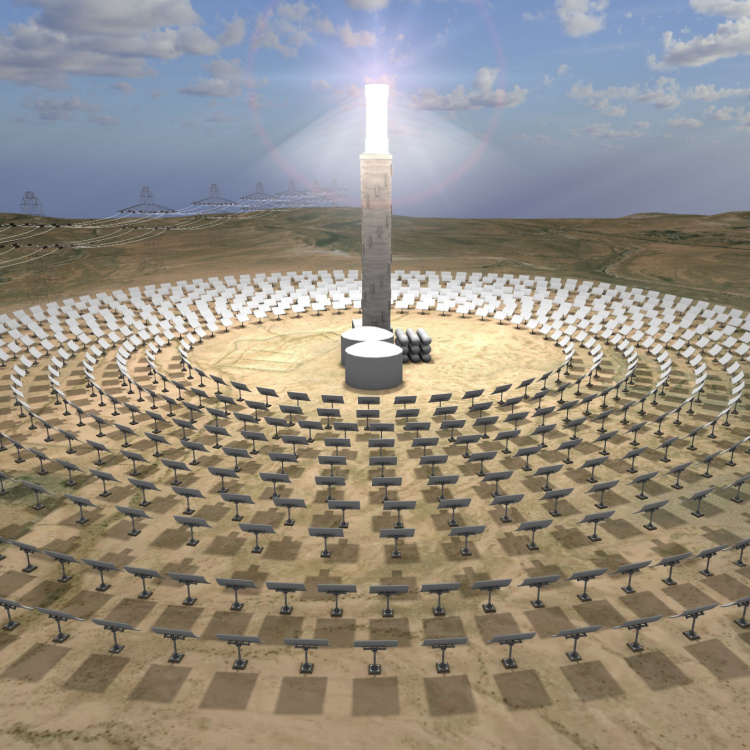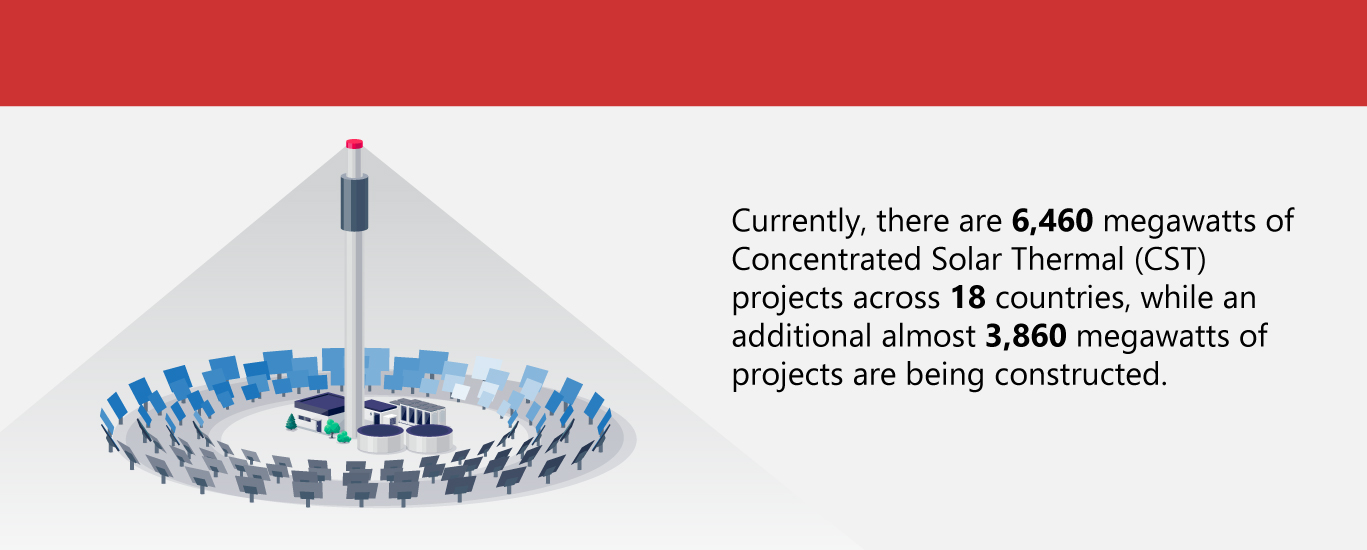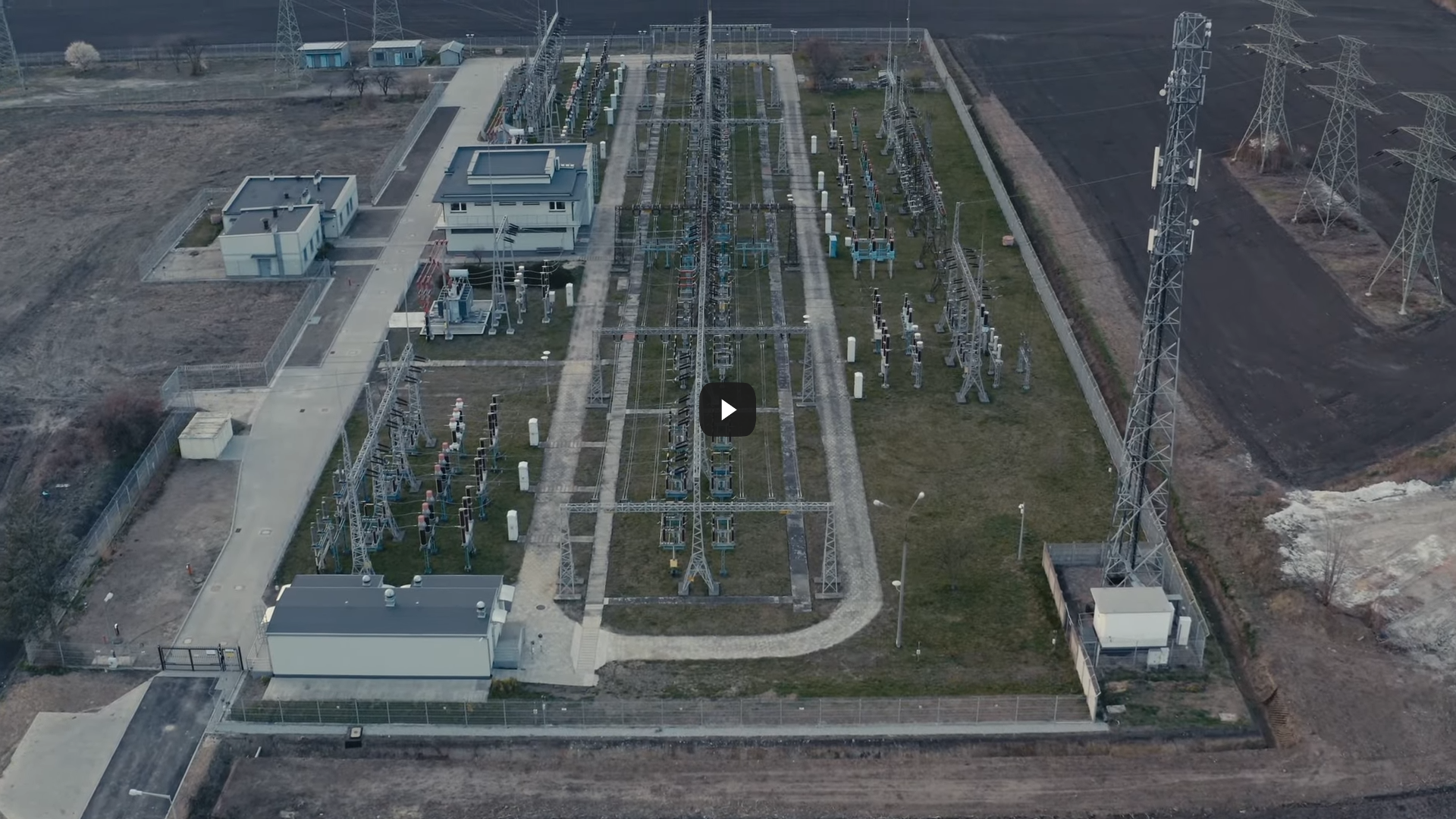Sun and Mirrors, a Powerful Pair

Australia is infamous for its heat. Even if some areas have cooler climates, most of its landmass contains immense inland deserts, including the Outback. Because these deserts are far from oceans and large bodies of water, they experience high temperatures and minimal rain, leading to extreme heat during summer.
Proximity to the equator, warm ocean currents, substantial high-pressure systems, and climate change all contribute to the Australian heat. Though exceptionally high temperatures bring various challenges, they also come with an important advantage—the abundance of solar energy.
Also read: Four Reasons Why You Should Have a Solar-Powered Home
What's great about solar energy?
Solar energy has become a viable and sustainable power, especially with countries scrambling to lower their carbon footprint. Fossil fuels are not only limited but also contribute to greenhouse gas emissions and, ultimately, climate change. On the other hand, solar energy is renewable and continuous as long as the sun shines.
Another benefit of solar energy includes lower operational costs for homes and businesses since solar panels can last up to 30 years. Governments are also fueling this eco-friendly shift with incentives for end-users and the solar energy industry, potentially creating jobs and boosting economic development. Meanwhile, technological innovations are constantly making this energy source more efficient and accessible, enticing more users and significantly reducing pollution.
Despite its many benefits, solar energy also has a major downside. Sunlight, though constant, is intermittent and dependent on weather conditions. Because solar energy cannot be harnessed at night, users need to prepare backup power sources, which only add to the expenses of installing a solar energy system.
However, Australian researchers have solved this problem by harvesting and retaining vast amounts of solar energy, which can be released when needed.
Also read: Agrivoltaics: Boosting Clean Energy and Food Security
What is concentrated solar thermal technology (CST)?
Concentrated Solar Thermal (CST) technology is a fundamental concept that dates back to the 1800s when European visionaries experimented with focusing sunlight. It involves utilizing solar energy to generate heat. This is done through mirrors funneling sunlight into a confined space, which acts as the receiver, where the collected sunlight is transformed into heat. This heat can be used in various ways, such as generating electricity, warming physical spaces and water, and in transporting and manufacturing.
However, conventional CST depends highly on heat transfer fluids, such as molten salt, which can only manage up to 600°C. Meanwhile, high-temperature oils have even less heat conductivity, clocking in at 400°C.
But what researchers are using now has revolutionized CST. Instead of fluids, they're experimenting with ceramic particles, fine-as-sand and non-metallic bits that can tolerate extremely high temperatures. This allows them to receive abundant amounts of heat. The heated particles are then stored until their steam is needed to produce electricity and applied in industrial manufacturing operations.
Here are the other capabilities of ceramic particles that make them perfect partners for gathering solar energy:
- Long heat storage
The heat-charged particles function as a battery, retaining heat for up to 15 hours. As these gradually lose heat, they offer a potential power source on demand, even during nighttime when solar and wind energy are at low levels.
- Free-falling capacity
Unlike conventional methods that use steel tubes, which have thermal constraints, ceramic particles fall liberally, ensuring minimal heat loss. As the particles—each only ½ millimeter in size—are released from the tower's summit, gravity pulls them down while concentrated solar energy heats them.
- High heat potential
Scientists are working on increasing the heat storage capability of these particles. During their short fall, the ceramic particles can stash heat from 500°C to 800°C. However, scientists are innovating to boost this temperature to 1000°C.
- Reduced costs
Because ceramic particles don't need supporting devices to store energy, they streamline the process and lower expenses. This affordable method makes solar energy more accessible to more people and promotes the eco-friendly cause.
How do mirrors help?
Though ceramic particles produce favorable results, the method also has a downside. When the particles plunge quickly, some of them disperse. This allows sunlight to pass through the gaps instead of heating the particles. To remedy this, a first trough is installed to catch the particles after falling a short distance. This slows them down before falling to the next basin.
Meanwhile, mirrors help direct the sunlight through a narrow area towards the receiver, making the heat even more concentrated and potent. Australia's national science agency, the Commonwealth Scientific and Industrial Research Organization (CSIRO), has installed 400 mirrors in its trial site in Newcastle. Still, a complete setup may need over 10,000 bigger mirrors to generate the same amount of electricity produced by a 100-megawatt coal-fired plant, capable of supplying continuous power supply to homes, commercial areas and manufacturing industries.
A solar-powered future
Solar energy becomes a reliable and renewable energy supply with the combined power of CST and ceramic particles. Australia needs this development as over 60% of its coal plants are shutting down before 2033. Over 65% of the country's electricity network still depends on fossil fuels—a figure that's about to shrink when Australians finally take advantage of their ample solar energy resources.
Though ceramide particles have yet to store the targeted 1000°C, researchers were recently successful in reaching the all-time high temperature of 803°C. This milestone marks a step toward providing large-scale and affordable renewable energy to decarbonize Australia's industrial sector. Currently, industrial emissions comprise 20% of the country's energy consumption.
Another great thing about CST is that it doesn't undermine PV solar energy, which employs the more familiar solar cell method. While PV technology provides power while the sun is shining, CST harvests sunlight, retains it and unleashes it when needed, even at night or during cloudy weather. Because the process is cost-efficient, experts agree that a return on investment (ROI) is possible within five years—which will even be faster by 2035.
With climate change worsening, leaders must fast-track the energy shift by creating policies that ensure local supply chains and develop proficiency. While solar energy reduces production costs, it can also boost productivity and Australia's market competitiveness in the global scene. With enough infrastructure systems, CST can make up 40% of the country's power production and thermal heat needs by 2050.


As one of the Top 20 EMS companies in the world, IMI has over 40 years of experience in providing electronics manufacturing and technology solutions.
We are ready to support your business on a global scale.
Our proven technical expertise, worldwide reach, and vast experience in high-growth and emerging markets make us the ideal global manufacturing solutions partner.
Let's work together to build our future today.



